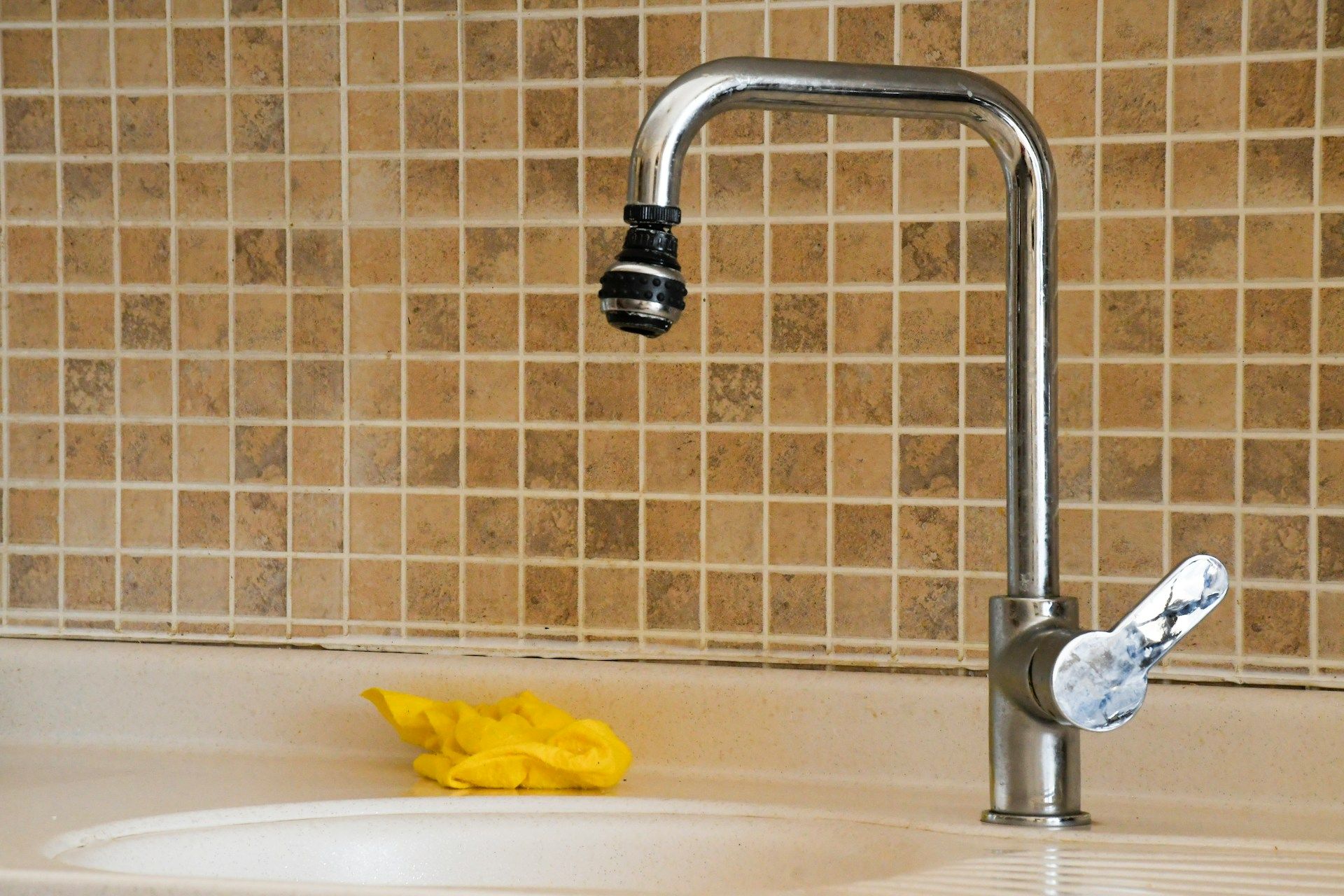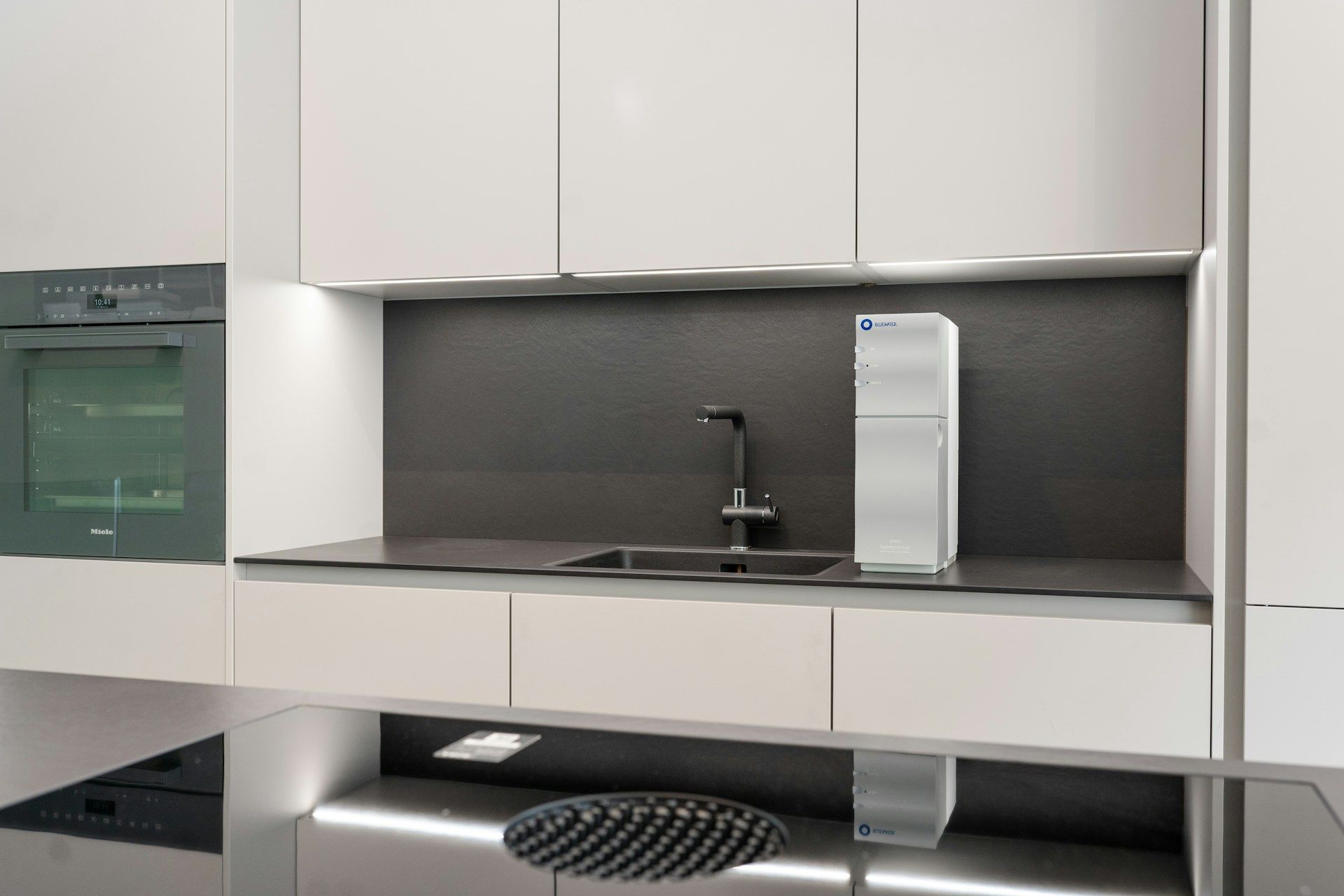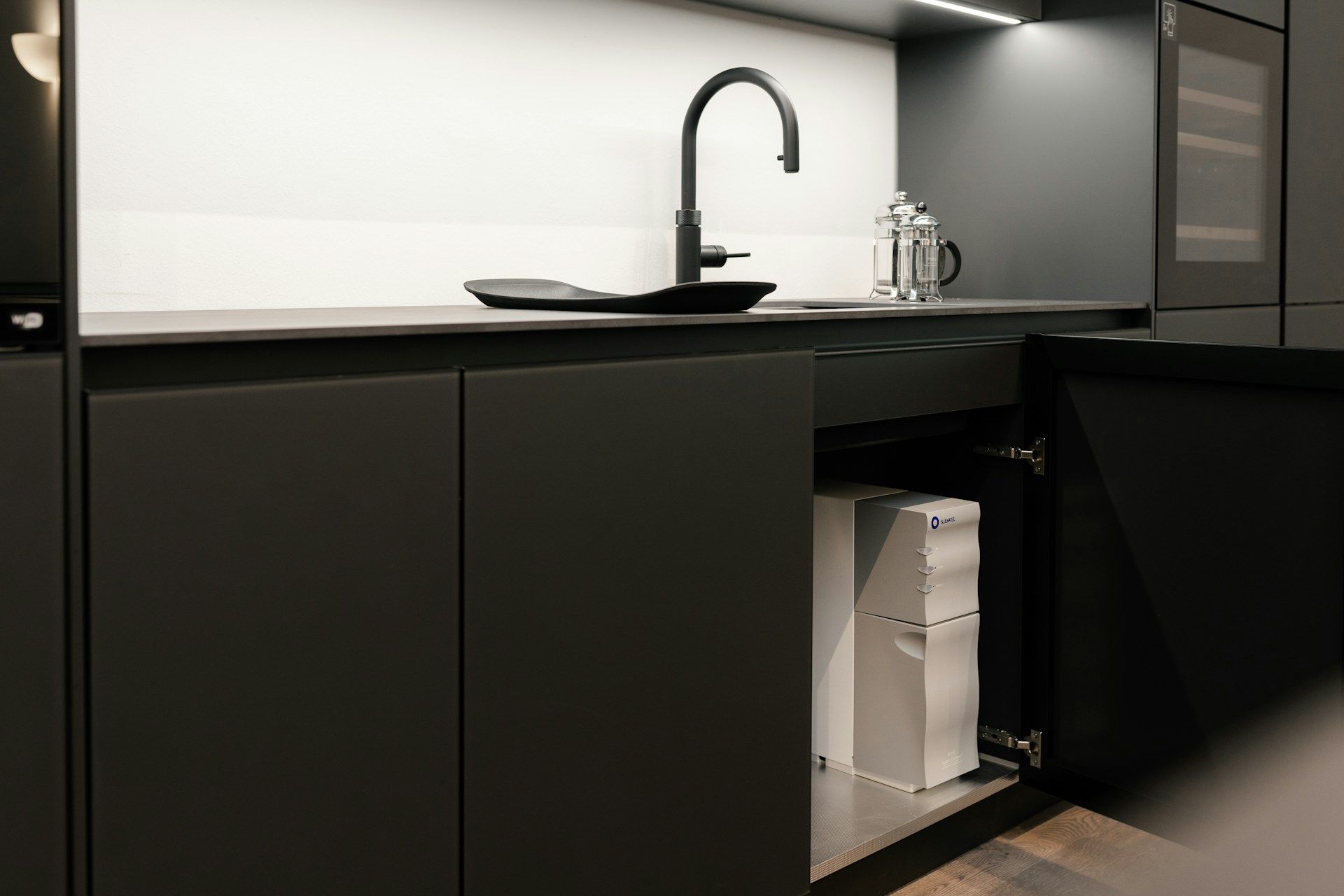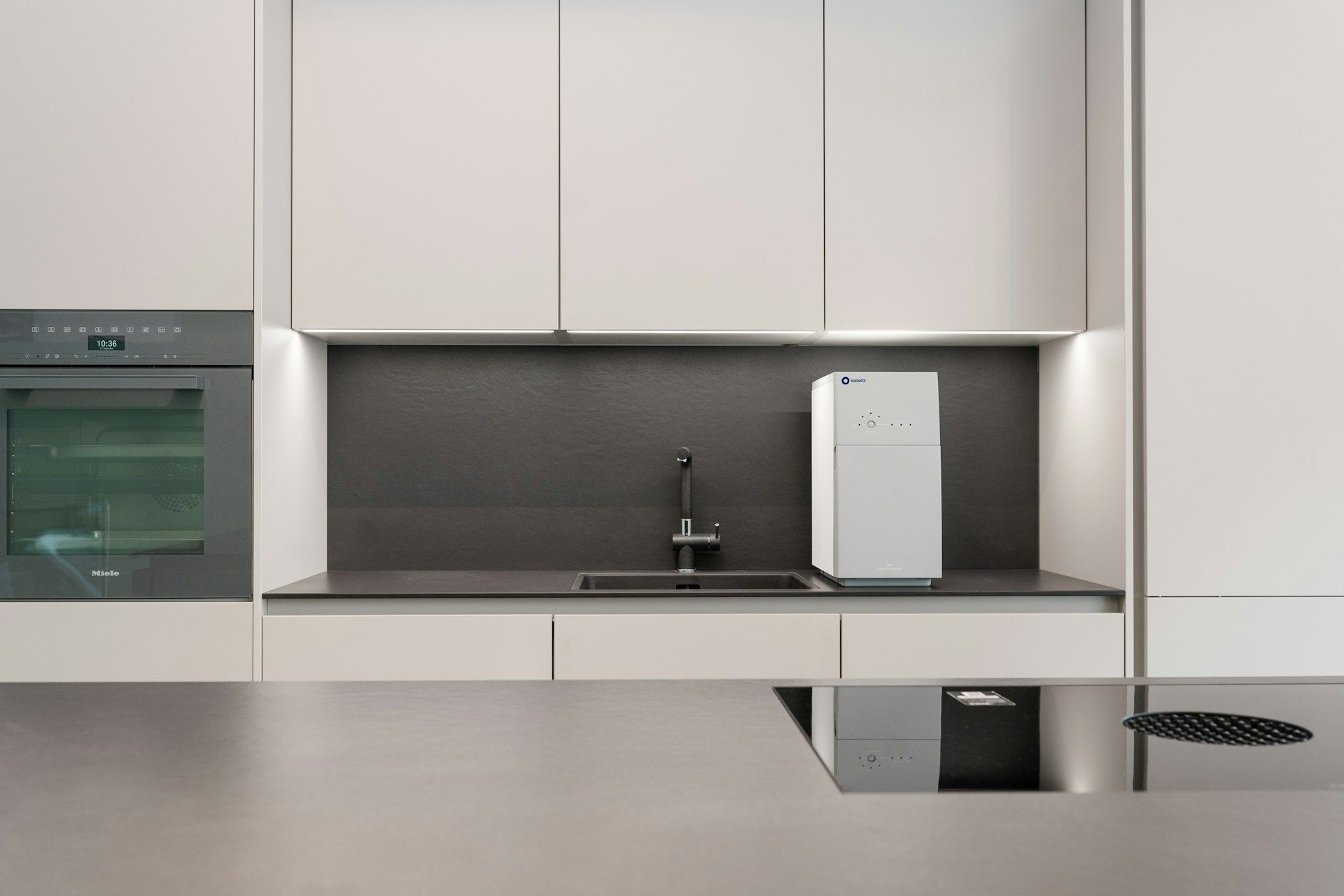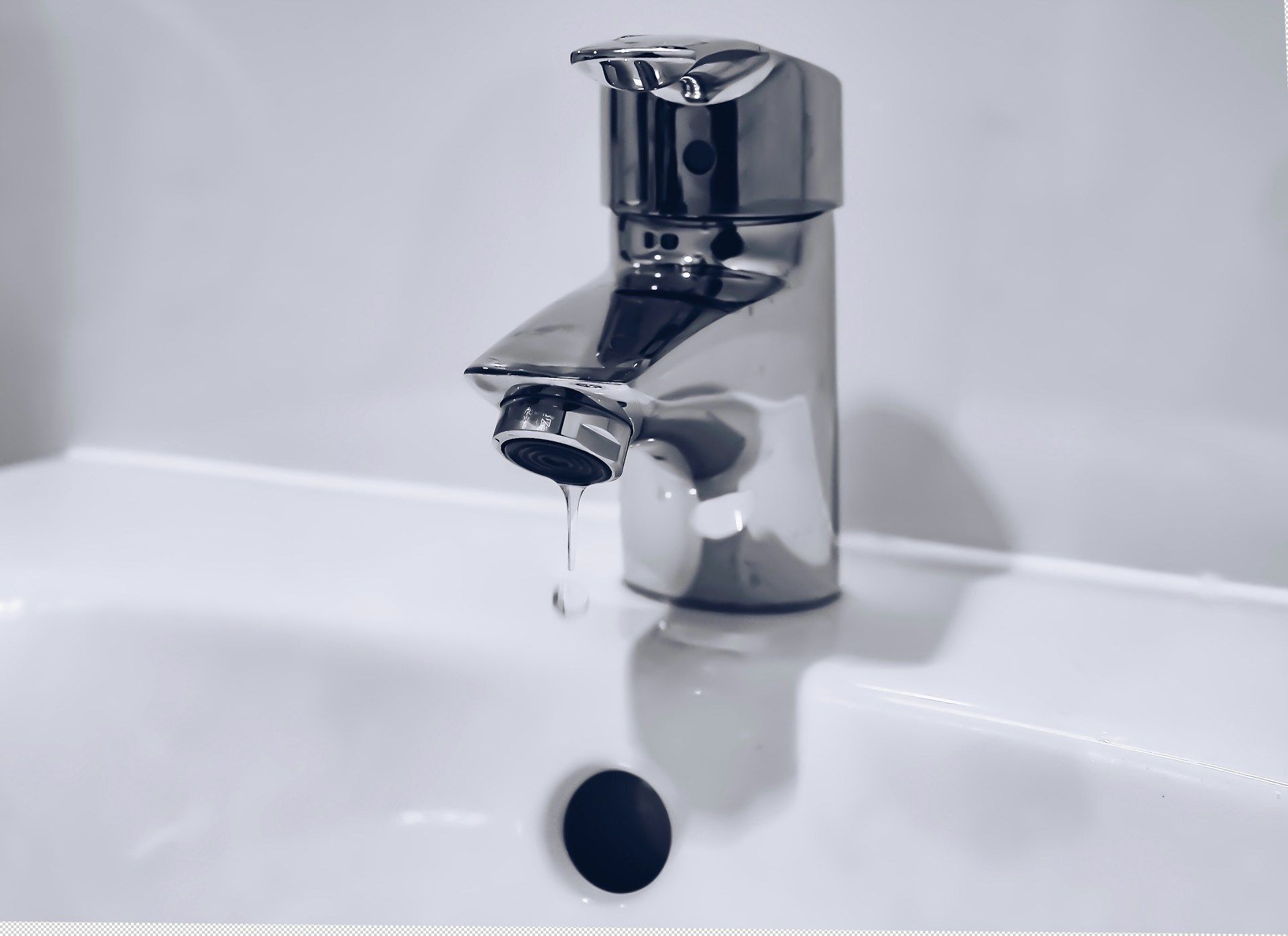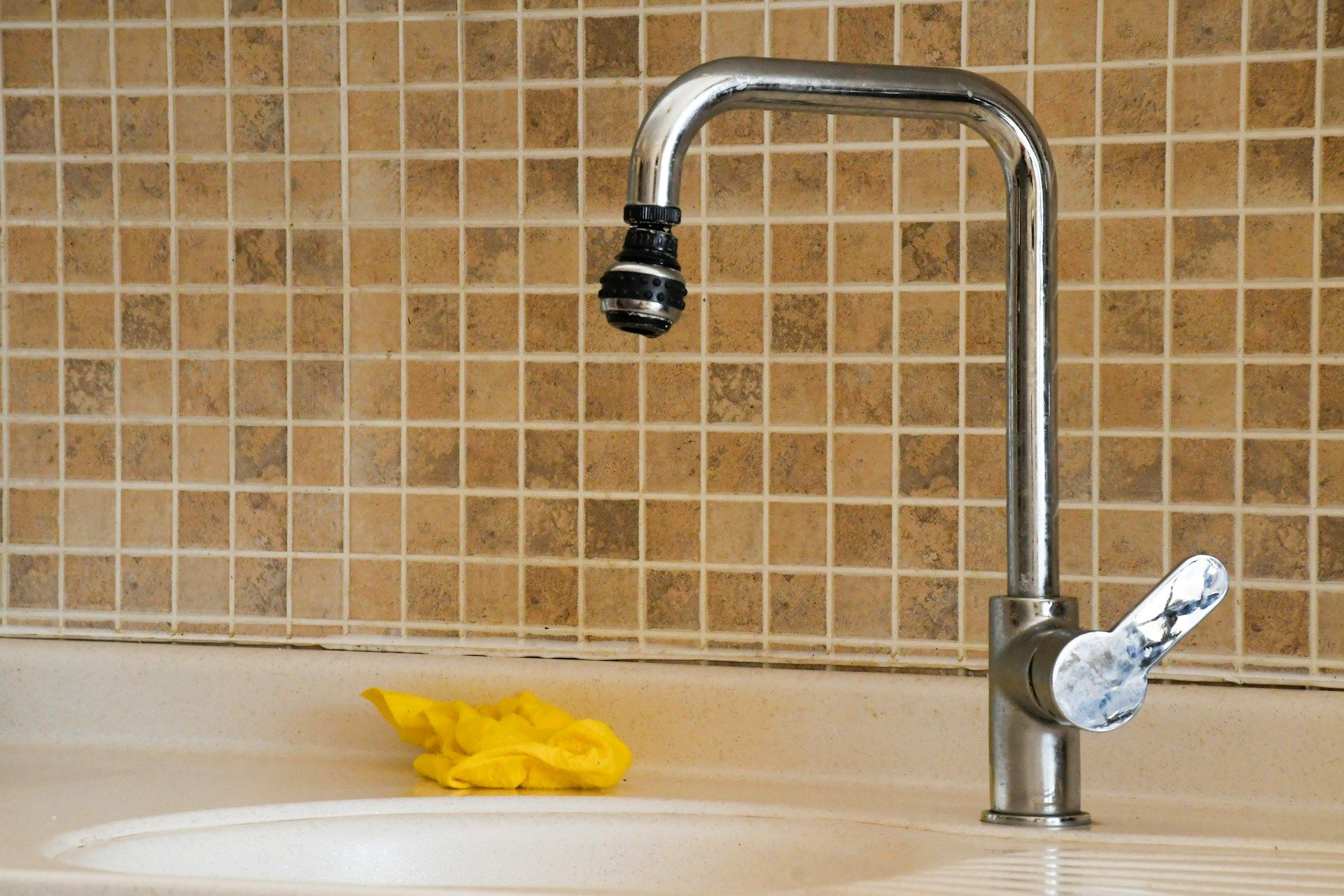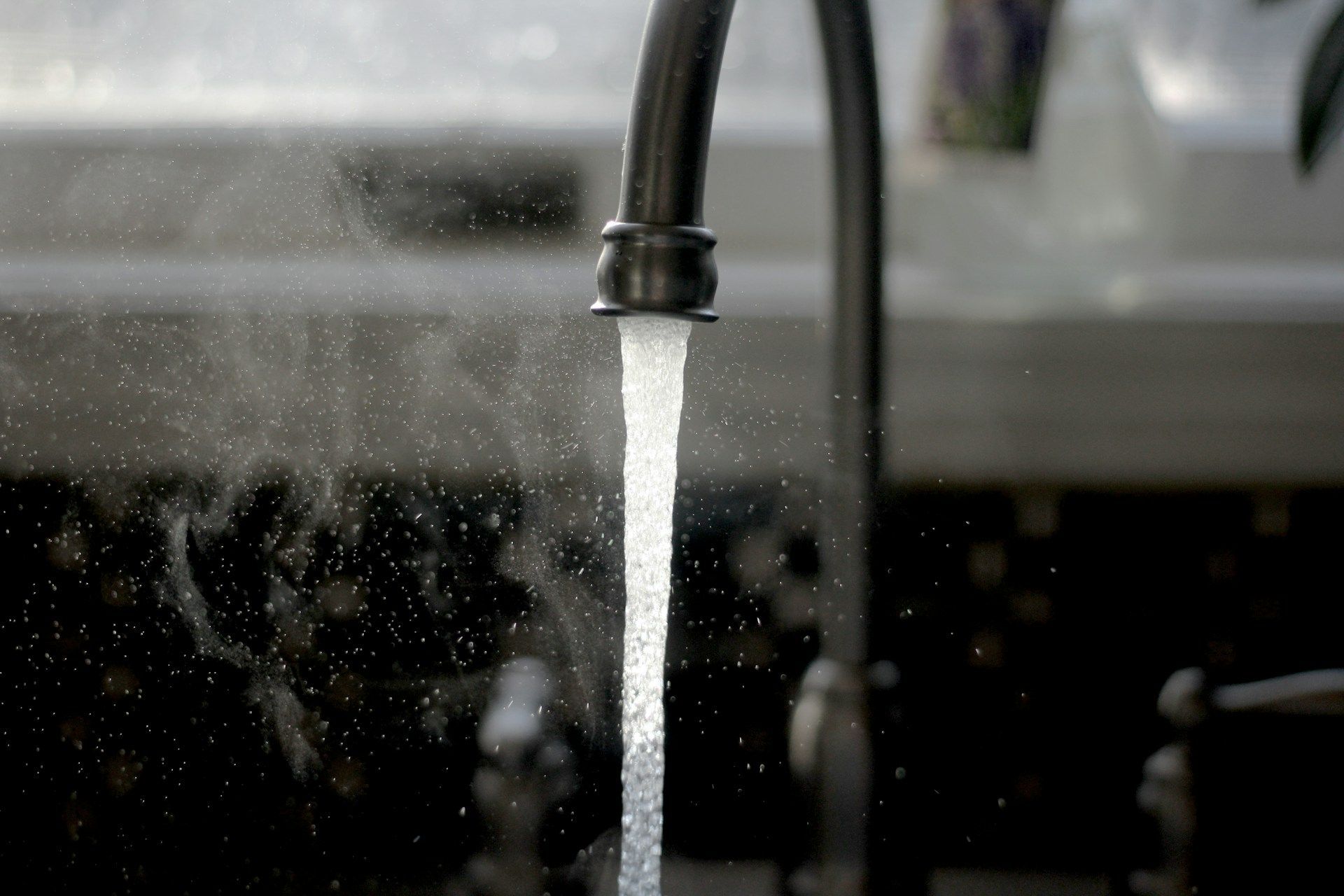Answers to Common Questions About RO Filter Service
Reverse osmosis (RO) systems are used by many Utah homes to improve the taste and safety of their drinking water. The way these systems remove things like sediment, chlorine, and dissolved solids makes a noticeable difference in the water you use every day. Still, questions come up when it’s time to maintain or service them, especially when the seasons start to shift.
Heading into late fall, we hear a lot from homeowners asking about RO filter service in Utah. Water usage changes during the colder months, and systems that ran fine in summer might start to show signs of wear. Whether it's a strange taste in your glass or a slower flow at the faucet, it helps to understand what these systems do, when they need help, and how to tell if yours is due for a tune-up.
What Does an RO System Actually Do?
An RO system works by passing your household water through a semi-permeable membrane and several filters. These layers remove a wide mix of things—from chlorine and sediment to minerals like calcium and magnesium. The goal is to leave behind clean, better-tasting water, ready for drinking or cooking.
In Utah, where water tends to be hard or mineral-heavy depending on the source, this kind of system can make a pretty big difference. Homes running on well water often see the most benefit, especially if that water includes iron or sulfur. City water has its own quirks too, like chlorine smell or chemical aftertastes left behind after treatment.
As temperatures dip in November, you might notice your water starts changing a bit. That could be because the source has changed, or it might be colder pipes making the system work harder. Either way, it's not unusual for folks to start noticing shifts this time of year—sometimes in taste, sometimes in smell, or even how fast the water comes out.
How Often Should RO Filters Be Replaced?
Each part of an RO system has its own lifespan. Pre-filters usually last longer when water quality is better, but they still need to be changed regularly to keep everything running smoothly. When these filters get clogged or stop doing their job well, it shows up in how the water tastes or looks.
People often ask how to tell when their filters are past their best. Here are a few common signs:
- The water starts tasting “off” or smells slightly metallic.
- You notice it looks cloudy or has more bubbles than usual.
- The stream out of the spout is weaker or takes longer to fill a glass.
During colder months, indoor water pressure can drop slightly because the water is denser and systems are under more load. If your RO system seems slower or less reliable once winter starts creeping in, aging filters may be part of the issue.
What’s Included in a Typical RO Filter Service?
When someone services an RO system, they don’t just swap a filter and call it good. A thorough check looks at connections, fittings, and tubing to make sure nothing is leaking or loose. Pressure gets checked to ensure the right flow, and the membrane is inspected for buildup that could block its performance.
Another big part of servicing is making sure the system can still handle the type of water it’s getting. In places across Utah with harder water or high chlorine levels, certain filters wear down faster. That’s especially true when the water comes from wells or mountain runoff, both of which are common in Summit and Wasatch Counties.
You might not think much changes between October and January, but it does. Snowmelt slows, water sources shift, and even a clean system may need tweaks to handle the current conditions. Regular service keeps things predictable.
Water Science provides RO filter replacement and full-service checkups for homes in Utah, offering both standard and advanced filter choices to match the region’s water sources and seasonal shifts.
Can I Tell If My RO System Needs Attention Before It Breaks?
You don’t have to wait for a total breakdown to notice something’s wrong. Most RO systems give small hints that they’re struggling. Weird noises, slow water, damp spots around the base—these are all signals that the system needs a look.
The holiday season is known for higher kitchen use. More cooking, more dishes, and more drinks make your water system work harder. If your system has been coasting through the summer and early fall, the added pressure in November may bring out issues that were just under the surface.
Water itself also changes during this time. Sinks that start to smell earthy or tastes that seem different can be tied to shifts in the water supply. Sometimes it's snow starting to feed the pipes, sometimes it's old sediment that’s finally moving. Either way, your system has to adjust—and sometimes, it struggles.
Is RO Water Still Safe If I Skip a Service Visit?
Skipping service once won’t ruin your water, but letting it slide too long comes with setbacks. Filters that are past their prime won’t trap what they’re meant to, and the membrane won’t catch everything it should. That doesn’t always mean something harmful gets through, but it probably means more minerals or tastes make it into your glass.
We’ve worked in homes where the water looked fine but had small particles floating in it. In one case, the system’s pressure had dropped just enough to slow the filtering process, so water was sitting stale in the tank. No one noticed until the taste shifted. The fix was simple, but it could’ve been avoided with a routine check.
Letting an RO system run too long without care doesn’t just risk the water. It puts stress on the parts, shortens the lifespan of the filters, and increases the chance of needing more repairs down the road. It’s not about fear—it’s more about getting consistent results without headaches later.
Clean Water All Year Feels a Lot Better
A working RO system doesn’t just make drinking water taste nicer. It supports smoother mornings, faster cooking prep, easier cleanup, and fewer complaints from the kids about funny-tasting water. It’s a small fix that plays a steady role in how your home runs—especially when it’s packed with people during the holidays.
If you’re in Utah and use an RO system, paying attention to how it performs right now can save hassle through winter. Late fall is a good moment to listen for noise, check water flow, and ask if anything has shifted. A little time now can keep things clean, simple, and consistent long after the snow starts to pile up.
If water tastes off or your RO system isn’t moving water like it used to, seasonal wear might be catching up with your filters. With heavier use during the holidays in Park City and Salt Lake City, it’s easy for performance to dip without warning. A strong, well-maintained system doesn’t call attention to itself—but keeping it that way takes a little attention. For a smooth-running setup all winter long, schedule your next RO filter service in Utah with Water Science. We’ll help keep the water flowing the way it should.

